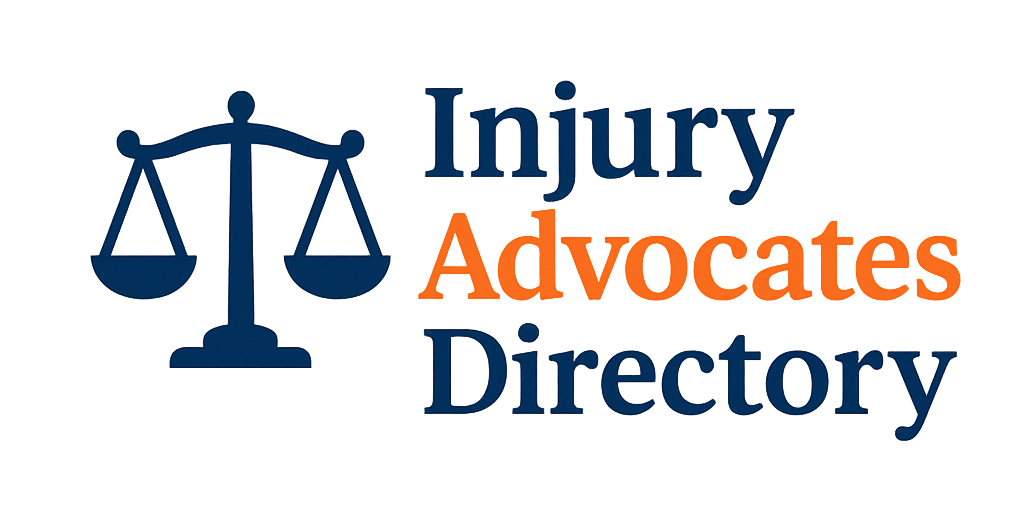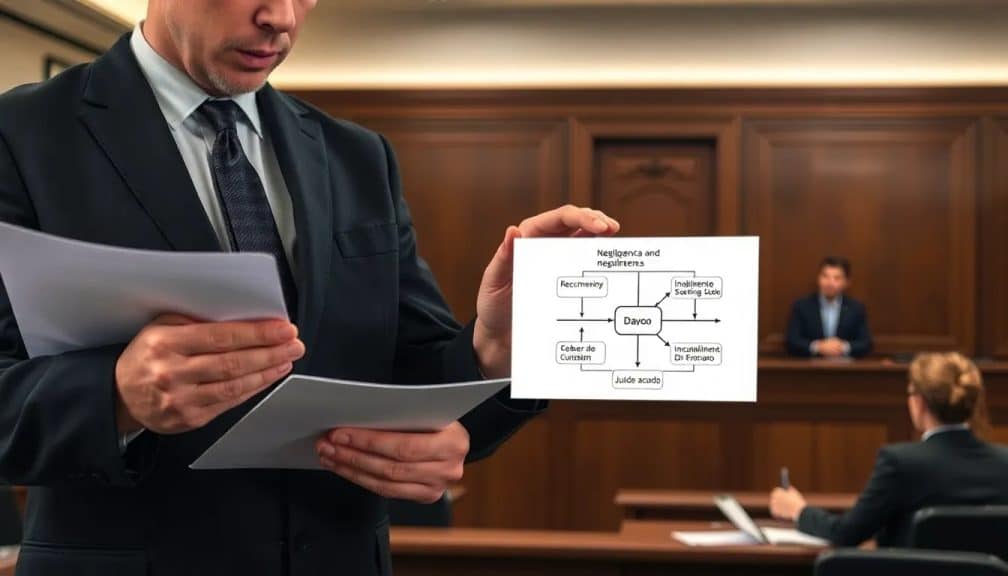Understanding how to prove negligence in a personal injury case is crucial for anyone seeking compensation for their injuries. Negligence involves the failure to exercise a reasonable standard of care, leading to harm or injury. This article will guide you through the essential elements and steps required to establish a negligence claim effectively.
By grasping the concepts of liability and the necessary evidence, you can strengthen your case and enhance your chances of receiving the compensation you deserve.
What is negligence in a personal injury case?
Negligence in a personal injury case refers to a legal theory that allows injured parties to hold another party accountable for their actions or inactions. It is essential to establish that the other party had a duty of care towards the injured party, which they failed to uphold.
This concept is foundational to personal injury law, which encompasses various civil disputes, often classified as torts. When someone suffers harm due to another's failure to act responsibly, they may seek compensation through a negligence claim.
Understanding the intricacies of negligence is key to navigating personal injury cases successfully. This involves recognizing the relationship between the parties and the expectation of care that one owes the other.
What are the four elements of negligence?
To successfully prove negligence, you must demonstrate the following four essential elements:
- Duty of Care: The defendant had a legal obligation to act in a reasonable manner to avoid causing harm to others.
- Breach of Duty: The defendant failed to meet that obligation through action or inaction.
- Causation: There must be a direct link between the breach of duty and the injury suffered by the plaintiff.
- Damages: The plaintiff must have incurred actual damages as a result of the defendant's breach.
Each of these elements plays a critical role in establishing liability. If one element is missing, the entire claim may fail. Understanding these components will help you better prepare your case and gather necessary evidence.
The importance of evidence in proving negligence cannot be overstated—collecting relevant documentation will greatly enhance your ability to prove each of these four elements.
How can you prove liability in a personal injury case?
Proving liability in a personal injury case involves demonstrating that the defendant is responsible for the injuries incurred. This requires not only establishing the four elements of negligence but also presenting compelling evidence to support your claims.
One effective way to prove liability is through witness testimonies. Eyewitness accounts can provide valuable insights into the events leading to the injury. Additionally, gathering medical records and police reports can substantiate your claims and establish a timeline of events.
Moreover, it's essential to demonstrate that the defendant's actions directly caused your injuries. This can be achieved by linking the evidence, such as photographs of the accident scene or expert testimony, to the incident in question.
What evidence is needed to support your claim?
To build a strong negligence claim, you will need to gather various types of evidence, including:
- Medical Records: Documentation of your injuries and treatment is critical in establishing the extent of damages.
- Accident Reports: Official reports from law enforcement can provide factual accounts of the incident.
- Witness Statements: Testimonies from those who saw the incident can strengthen your case considerably.
- Photographic Evidence: Images of the scene, injuries, or damages can be powerful tools in demonstrating liability.
- Expert Opinions: Expert witnesses can provide specialized knowledge that supports your claims regarding the breach of duty.
Collecting and presenting this evidence effectively is crucial in proving negligence. The more comprehensive your evidence, the stronger your case will be.
How to gather evidence effectively after an accident?
Gathering evidence after an accident requires prompt action and a strategic approach. Here are some steps to help you collect evidence effectively:
- Document the Scene: Immediately take photographs of the accident scene, including any damages and potential hazards.
- Collect Witness Information: Speak with bystanders and collect their contact information for future reference.
- File a Report: Notify the police and obtain an accident report, which can be crucial for your case.
- Seek Medical Attention: Ensure you receive medical care and keep records of all treatments and diagnoses.
- Keep a Journal: Document your recovery process, including physical and emotional changes, to show how the injury affects your daily life.
Following these steps will not only aid in building your case but also help create a clear narrative of the events that transpired. The importance of gathering evidence cannot be understated, as it directly impacts the outcome of your claim.
What common types of personal injury claims exist?
Personal injury claims can arise from various incidents, including:
- Car Accidents: One of the most common sources of personal injury claims, often involving negligence from one or more drivers.
- Slip and Fall Accidents: These cases typically involve premises liability, where property owners fail to maintain safe conditions.
- Medical Malpractice: Claims arise when healthcare professionals fail to provide the standard of care expected, leading to patient harm.
- Product Liability: Injuries caused by defective or dangerous products can lead to claims against manufacturers or sellers.
- Workplace Accidents: Employees injured on the job may file claims against their employer for negligence.
Each type of claim has its unique considerations and requirements, reinforcing the importance of understanding the specific circumstances surrounding your case.
What are the time limits for filing a negligence claim?
Time limits for filing a negligence claim, known as the statute of limitations, vary by jurisdiction. Generally, the time frame can range from one to six years, depending on the type of claim.
It's crucial to be aware of these deadlines, as failing to file within the specified timeframe can result in losing your right to seek compensation. Consult with a personal injury attorney who can guide you on the specific timelines applicable to your case.
Additionally, the clock may start ticking from the date of the accident or from when the injury was discovered. Thus, understanding the nuances of your situation is vital to ensuring that you do not miss the opportunity to file.
Related questions about proving negligence in personal injury cases
What evidence is needed to prove negligence?
To prove negligence, essential evidence includes medical records, witness statements, and accident reports. Each piece contributes to demonstrating the defendant's breach of duty and the resulting damages.
Additionally, gathering photographic evidence of the scene and any injuries can provide visual support for your claims. This comprehensive approach will bolster your case and enhance your chances of a favorable outcome.
What are the elements of personal injury negligence?
The elements of personal injury negligence are duty of care, breach of duty, causation, and damages. Each element must be proven to establish liability against the defendant.
This framework is crucial in personal injury law, as it outlines the necessary components needed for a successful claim. Understanding these elements will aid you in effectively preparing your case.
What are the 4 steps to prove negligence?
The four steps to prove negligence include establishing a duty of care, demonstrating a breach of that duty, proving causation between the breach and the injury, and showing actual damages incurred.
Each step builds upon the previous one, creating a solid foundation for your claim. It is essential to gather supporting evidence for each step to enhance the overall strength of your case.
Which four things must be proved for someone to be considered negligent?
To prove negligence, the four essential elements are the existence of a duty of care, a breach of that duty, causation linking the breach to the injury, and actual damages suffered by the injured party.
Understanding these components is key to navigating personal injury cases successfully. Each element plays a vital role in establishing liability, and proving them effectively can significantly impact the outcome of your claim.

